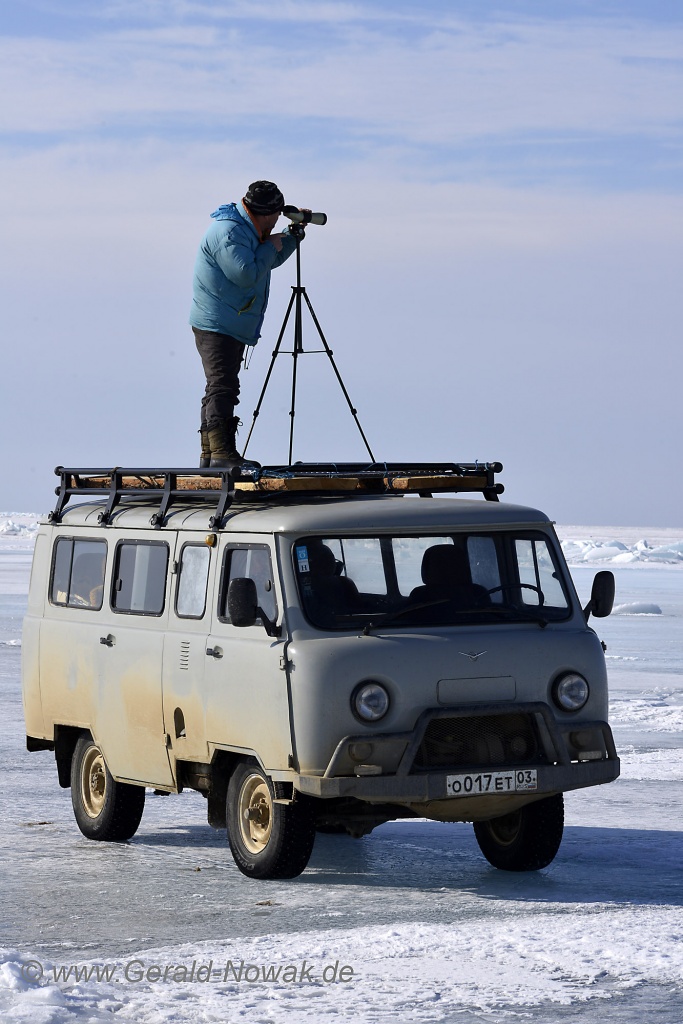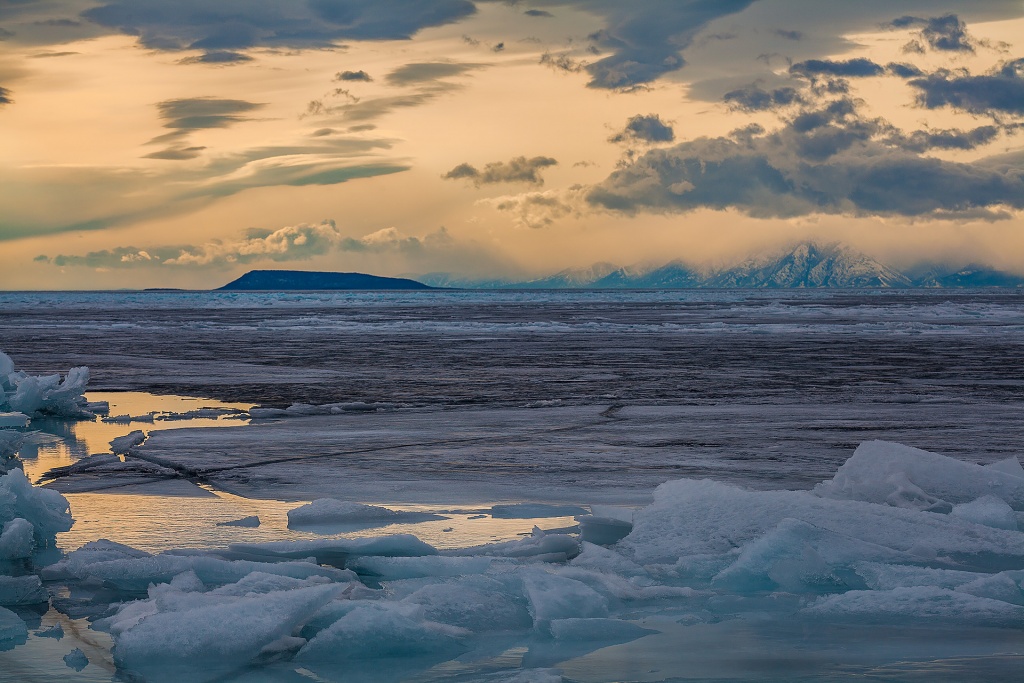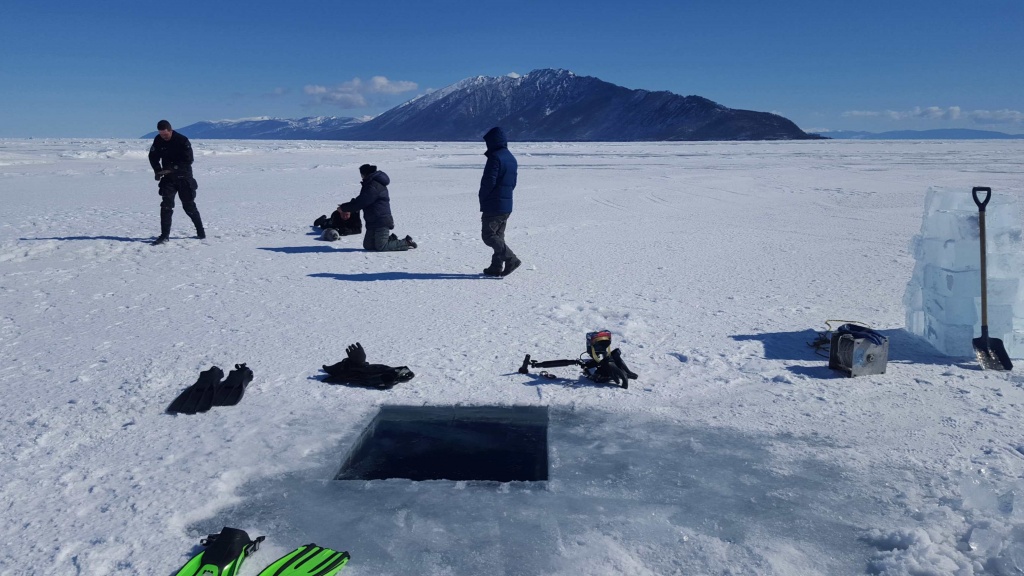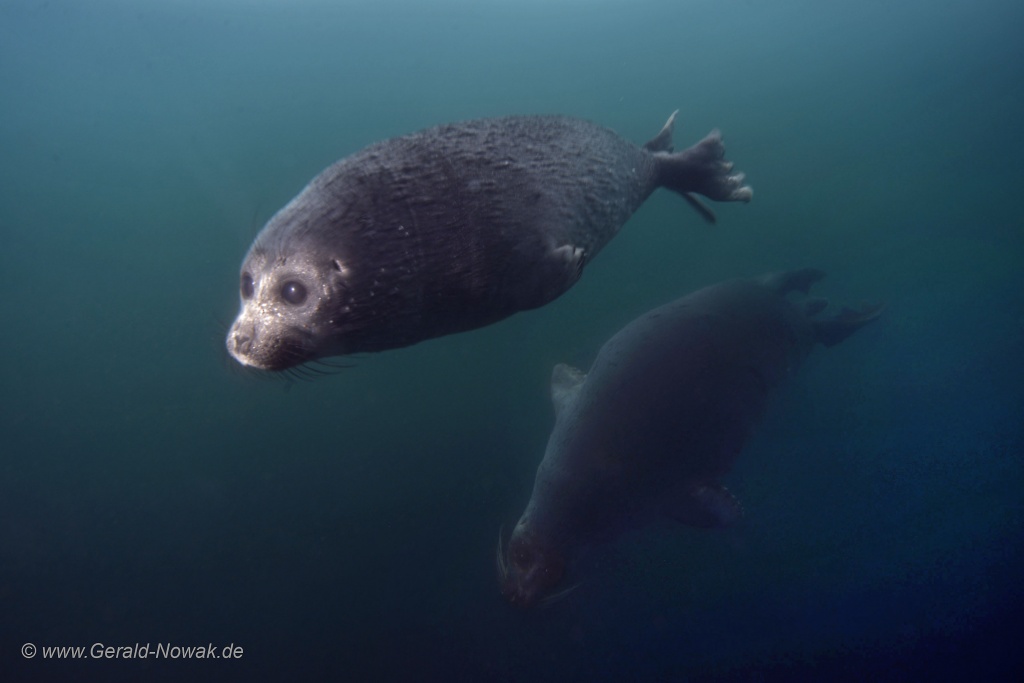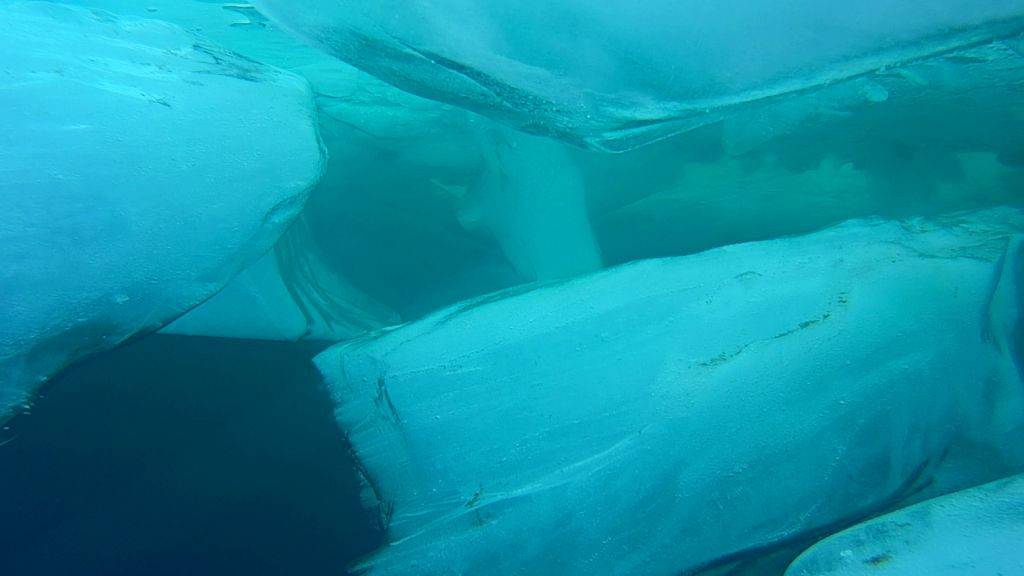Difficulty level: stronge+
The goal of the Barguzin Ice Diving Expedition is to dive near freshly formed cracks, sealwatching, dive in the area of seal houses. Special program - dive with baby seals and an adult seal.
The expedition takes place in the area of periodic emissions of methane gas, from a depth of 800 m. The thickness of the ice, in the area of the gas release, is only 5-10 cm, what makes crossing on the ice impossible. There is also a long distance from the dive sites to the village (up to 200 km). This requires maximum mobility, maneuverability and compactness of vehicles (cars).
Our team will do everything to make your ice experience and diving experience as comfortable and safe as possible. To make the expedition successful and comfortable for everyone, we ask you to carefully read the rules of participation in the expedition.
1. Safety on ice. Baikal ice conditions and weather conditions can change suddenly and rapidly. Decisions about diving, time and place of departure from the ice / ice to be accepted in real time. It is important to attend all briefings throughout the day and not stray too far from the main group.
2. Clothes. It can be VERY cold! Minus 40 + strong wind. All day on ice, outdoors. It is necessary to have down jackets, hats, mittens, trousers - as warm and windproof as possible. Shoes are ideal from a fishing store. Inside - felt (like a felt boot), on top - wind protection and waterproof material, the sole are waterproof. + woolen socks. Gortex and other technology bots - NOT SUITABLE (based on experience).
3. Medicine. There is a small first-aid post in Ust-Barguzin. The nearest hospital is in Ulan-Ude (300 km). Pharmacy in the Ust-Barguzin - a minimum set of basic medicines. Personal first aid kit - you need to bring everything with you. Personal care must be taken while on ice. It is recommended to have shoe spikes.
4. Diving
- Recommended level: 200+ dives. Great practice in using a dry suit. In the case of free flow, you should be able to quickly and calmly switch to a spare regulator at a considerable distance from the hole, and also be ready to shut off valves.
- Perfect buoyancy skills. Most dives will take place without the usual landmarks, bottom or topography. Most dives are no more than 2 meters deep. BUT! The depth below us is from several tens to hundreds of meters. Buoyancy control only using a suit or mouth inflating BCD. The dive takes place in the ice crystallization zone, the expansion joint inflation button freezes.
- Dive time. We do not limit the dive time and recommend planning dives for 50 - 70 minutes. From experience, this is the optimal time to explore all the fantastic beauty for which we are doing this expedition.
- Seal diving. In the case of diving with baby seals, the dive time is strictly limited to 10 minutes! Despite their curiosity and high level of contact, the cubs get a lot of stress from the fact that divers dive near their houses and cannot breathe effectively.
- Before diving. Due to long journeys and the considerable remoteness of diving sites, warm houses and tents are not used. Preparation of equipment and changing of clothes takes place in cars (UAZs). All members of the group prepare for the dive at the same time and independently.
- Exit from the water. The holes are not equipped with ladders. The skill of removing equipment in the water is a plus.
- Surface support. The rope handler is not your partner. Any problem on the surface or underwater must be solved by you personally or with the help of your underwater buddy.
All activities of the Ice Diving Expedition are planned for self-sufficient and experienced participants.
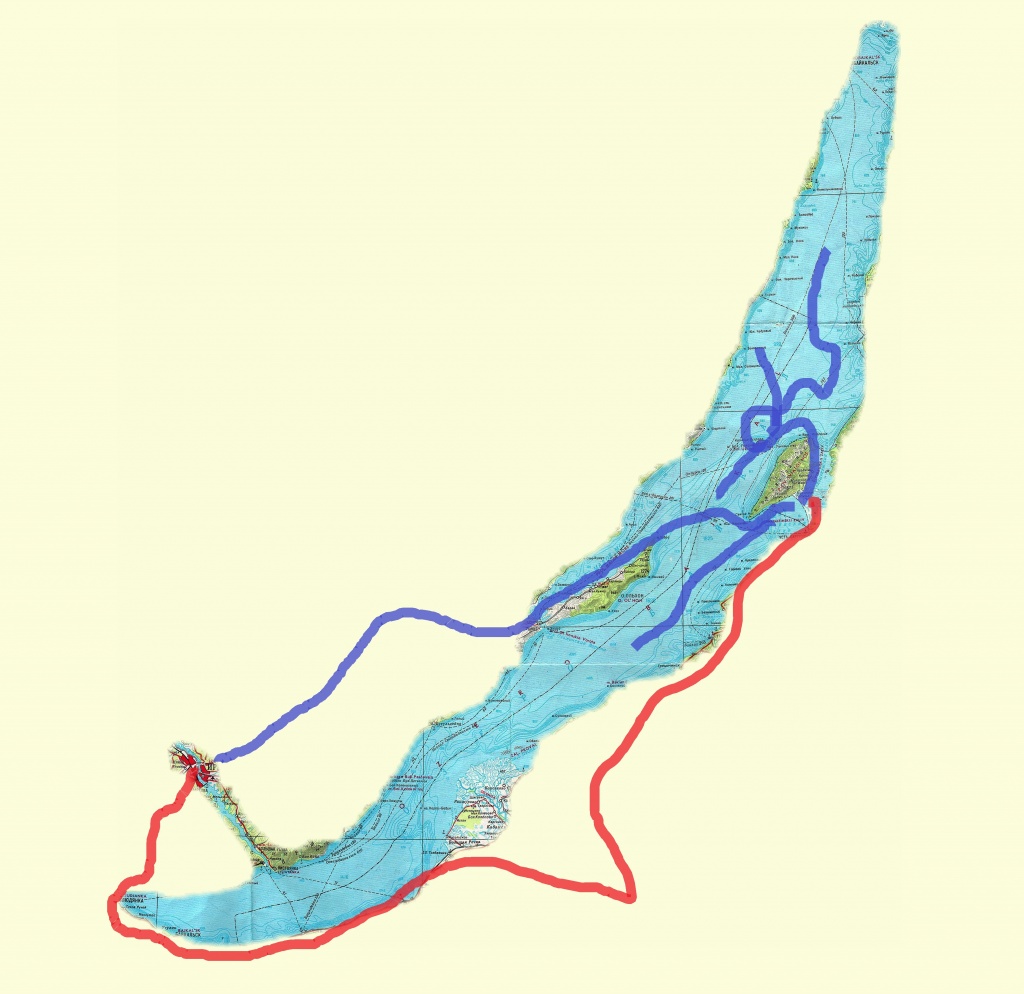 Season - from 25 March to 20 April (may change due to ice conditions).
Season - from 25 March to 20 April (may change due to ice conditions). 